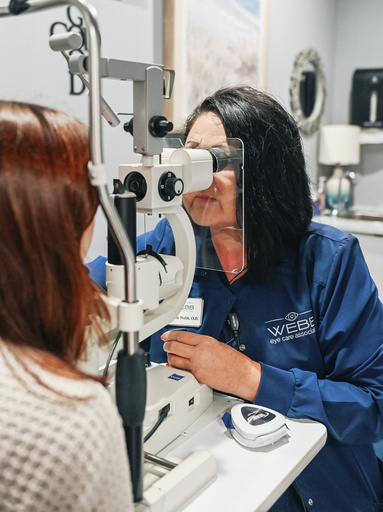
When a young boy in Audrey Jost’s third-grade classroom started experiencing headaches and falling behind in his schoolwork, she intervened. After a conversation with his parents, he returned with contact lenses and his academic and social demeanor drastically improved. Jost, a public school teacher in Gilbert, Arizona, with 18 years of experience, has witnessed similar situations, including with her own children.
Late summer is an ideal time to include an eye exam in the back-to-school checklist, experts advise. The American Optometric Association reports that 1 in 4 children enter school with some form of vision issue, affecting their learning, sports participation, and overall observation of the world. Children often don’t realize they have a problem, making early detection crucial.
An optometrist from Hot Springs, Arkansas, highlighted a story about a boy who had never seen individual leaves until he got glasses, emphasizing that children may not recognize their vision impairment. Undiagnosed vision problems can lead to behavioral issues in children, such as disengagement in the classroom or copying classmates’ work due to an inability to see the board.
Parents and teachers should watch for signs like squinting, frequent headaches, or requests to change seating arrangements as possible indicators of vision problems. Vision screenings are necessary to identify potential issues, with suggestions to enhance in-school programs to ensure all children have access to screenings and exams, especially in underserved areas.
Children with family history of eye problems or certain medical conditions should receive annual eye exams. Resources are available for those without vision insurance, including free eye exams and glasses through school programs or private initiatives like the Lions Club International or VSP Eyes of Hope.
Ensuring that children wear their glasses once vision issues are corrected remains crucial. Fortunately, the stigma around wearing glasses has significantly diminished, with kids nowadays enjoying a variety of styles and colors. Communication between parents and teachers plays a pivotal role in ensuring children’s visual health.
Albert Stumm, a writer focusing on food, travel, and wellness, contributed to this article. For more lifestyle stories, you can visit the AP Lifestyles section online.
